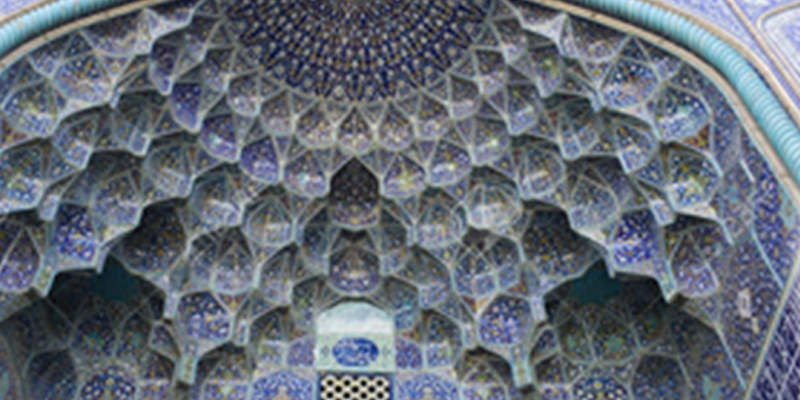Downloads
DOI:
https://doi.org/10.7480/jfde.2019.1.2620Keywords:
adaptable shading system, auxetic structures, optimisation, illuminance, glareAbstract
Building envelopes in general and, in particular, fenestrations are the places in which most interactions between indoor and outdoor environment take place. As a result, an effective shading structure for windows, which can provide sufficient illuminance levels and at the same time ensure acceptable visual comfort by controlling the glare is highly desirable.
Static daylight control systems are mostly designed to either completely shade the façade from sunlight or admit and re-direct it to the indoor spaces. Dynamic control systems adjust the amount of intake sunlight with assistance from users or mechanical devices. Studies to date have not thoroughly and comprehensively developed an alternative system in which a self-morphing structure that is responsive to outdoor environmental conditions can function as an “adaptive daylight control system”.
This paper has investigated the effects of the adaptable auxetic shading structure with varying geometries to optimise illuminance levels and reduce probability of glare. The paper developed a model to be tested in various locations in the U.S., to evaluate the illuminance and glare performance. The results suggest that the auxetic shading structure can effectively block sunlight from entering the space by adjusting its geometry in response to varying outdoor and sky conditions. In addition, a strong correlation can be concluded among daylight availability, sun exposure, and glare probability.
Additionally, the optimisation of daylighting parameters such as illuminance and glare show a clear correlation between the location of the case study and its corresponding sun angles, and the performance of the shading structure. Future studies may explore the effect of auxetic shading structures on energy consumption and thermal comfort parameters. In addition, the relation between auxetic shading devices and the health and well-being of building occupants may be another factor to be considered in the evaluation of effectiveness of this new generation of shading devices.
How to Cite
Published
Issue
Section
License
Copyright (c) 2019 Yun Kyu Yi, Ryan Sharston, Dua Barakat

This work is licensed under a Creative Commons Attribution 4.0 International License.
Authors or their institutions retain copyright to their publications without restrictions.
References
Debije, M. G., (2010). Solar Energy Collectors with Tunable Transmission, Advanced Functional Materials, Vol. 20,1498
Ge, D., Lee, E., Yang, L., Cho, Y., Li, M., Gianola, D., & Yang, S. (2015). A Robust Smart Window: Reversibly Switching from High Transparency to Angle-Independent Structural Color Display. Advanced Materials, Vol. 27, 2489–2495
Gutierrez, M. P., & Lee, L. P., (2013). Engineering. Multiscale design and integration of sustainable building functions. Science, Vol. 341, 247
Gutierrez, M. P., & Zohdi, T. I. (2014). Effective reflectivity and heat generation in sucrose and PMMA mixtures. Energy and Buildings, Vol. 71, 95
Robert McNeel & Associates (2017). Rhinoceros 5 [software program]. Seattle, WA, USA: Robert McNeel & Associates.
School of Islamic Geometric Design. (2018). Islamic pattern. Retrieved from http://www.sigd.org/resources/pattern/pattern-1/Shah Mosque. (n.d.) In Wikipedia. Retrieved September 27, 2018 from https://en.wikipedia.org/wiki/Shah_Mosque
Solemma, LLC. (2017). DIVA-FOR-RHINO 4 [software program]. Cambridge, MA, USA: Solemma, LLC.
Wienold, J. (2009, July). Dynamic Daylight Glare Evaluation, Eleventh International IBPSA Conference. Glasgow, Scotland July 27-30.
Yi, Y K. (2018), Developing an advanced daylight model for building energy tool to simulate dynamic shading device. Solar Energy, Vol. 163, 140-149
